Resource Hub
Theatre-makers: explore case studies, guides, and videos to take climate action now.
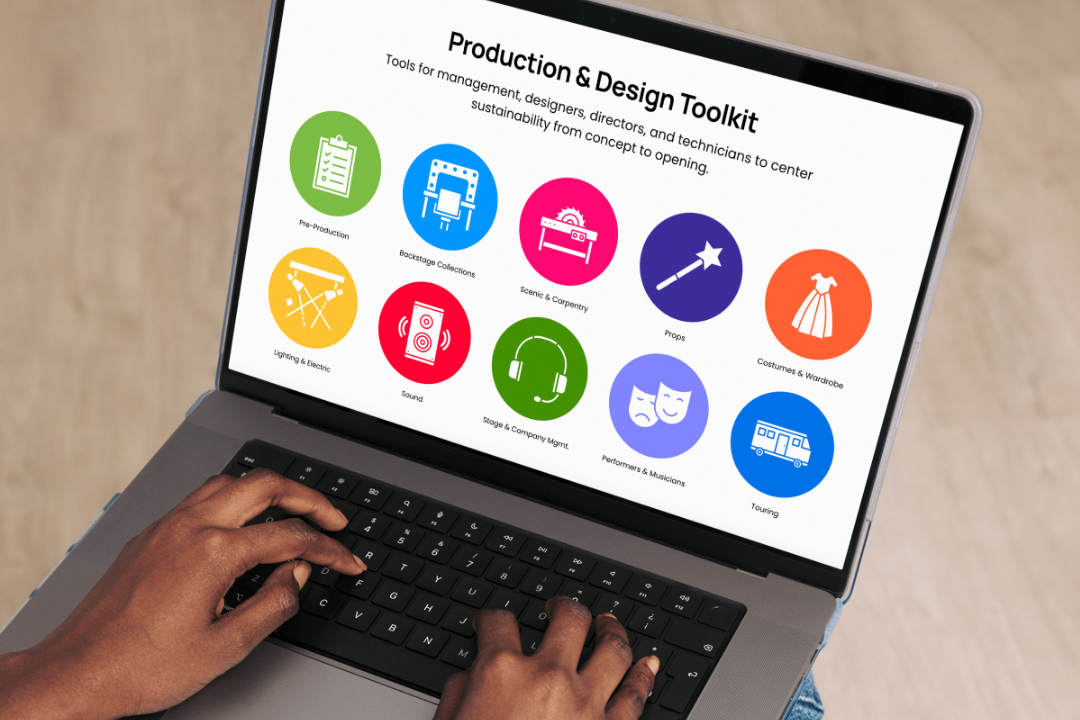
Production & Design Toolkit</br><span>Guide</span>

WICKED on Broadway: Switching to Rechargeable Batteries</br><span>Case Study</span>
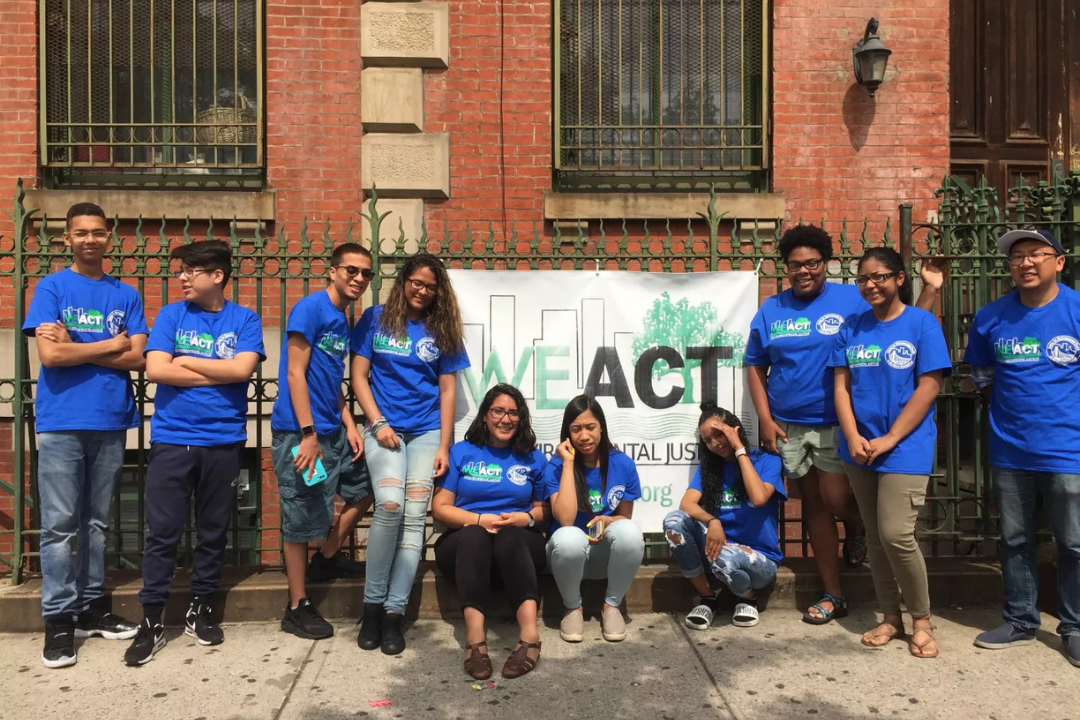
Ease on Down the Road to Environmental Justice</br><span>Video</span>

How to Talk Climate</br><span>Guide</span>

Flux Theatre Ensemble: Climate Action Designer</br><span>Case Study</span>

Making the Case</br><span>Guide</span>

Hahnji Jang (장한지): Combining Art & Activism</br><span>Case Study</span>

It’s Possible: Sustainable Stage Management</br><span>Video</span>

We See the Light: Sustainable Lighting Design</br><span>Video</span>

A.R.T./New York's Green Lighting Upgrade</br><span>Case Study</span>

AfterWork Theater: Greening Shrek</br><span>Case Study</span>

All You Wanna Do: Make Upcycled Playbill Flowers</br><span>Video</span>

Another Openin’, A Greener Show: A Newer Approach to Model Making</br><span>Video</span>

Anonymous Ensemble: Body of Land</br><span>Case Study</span>

Climate Storytelling at Theatre Northwest, Indiana University</br><span>Case Study</span>

CO Adaptive Architecture: Sustainable Theatrical Space</br><span>Case Study</span>
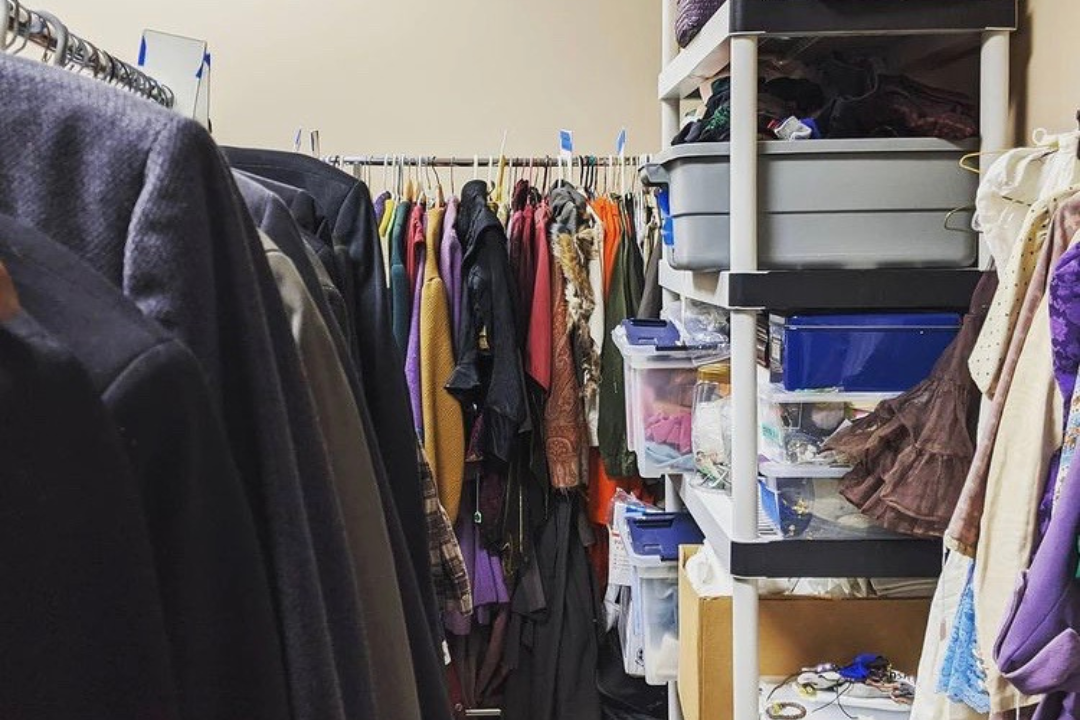
Conscious Costume: Renting with Purpose & Sourcing with Care</br><span>Case Study</span>

Cuelist Software & The Music Man: Saving Paper & Time</br><span>Case Study</span>
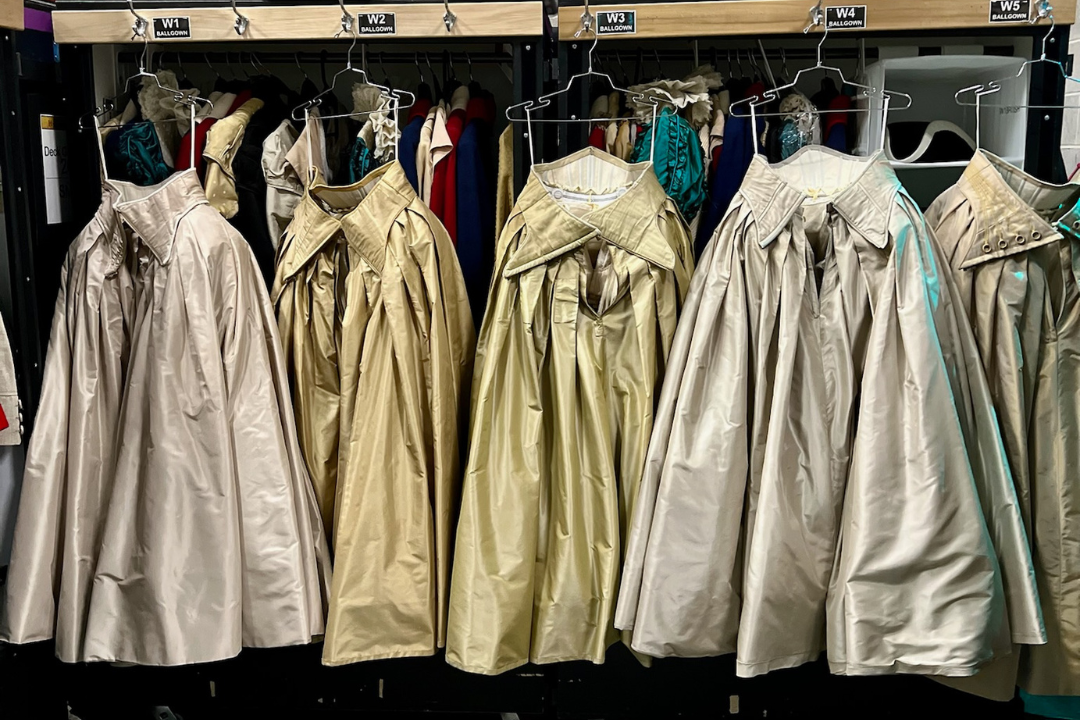
Dress Has Always Been My Greenest Suit: Sourcing Sustainable Costumes</br><span>Video</span>

General Mischief Dance Theatre: Costumes, Cleanups, & Climate Action</br><span>Case Study</span>

How to Succeed in Creating a Sustainable TV & Film Shoot</br><span>Video</span>

It's Not A Moment, It's A Youth Climate Movement</br><span>Video</span>

Maria Feuereisen: Sustainable Set Design & Installation Art</br><span>Case Study</span>
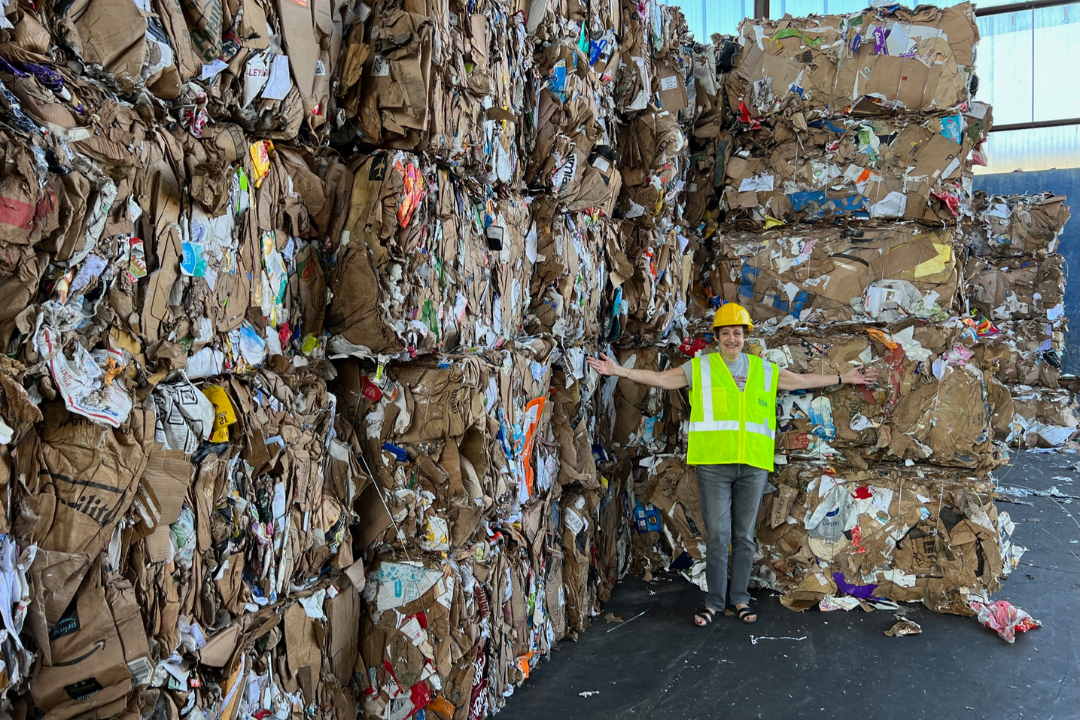
Measurement Tools</br><span>Guide</span>

New York Classical Theatre: Cell Phone-Based Programs</br><span>Video</span>

New York Theatre Workshop: Aerosol Recycling Initiative</br><span>Case Study</span>

On the Right Track: Sustainable Production Toolkit, Part Two</br><span>Video</span>

Reduce, Reuse, Reopen: Sustainable Solutions for Reopening Theatre</br><span>Video</span>

Scenery: Saving the Scene</br><span>Case Study</span>

Something Rotten: Compost 101</br><span>Video</span>

Spring Will Come Again: Climate Change, Hope, & The Theatre Community</br><span>Video</span>

Sustaining Three Banquets a Day: The Climate Impacts on Our Food System</br><span>Video</span>

The Spark of Creation: Repurposing Production Materials with Scenery</br><span>Video</span>

The Tank: DarkFest</br><span>Case Study</span>
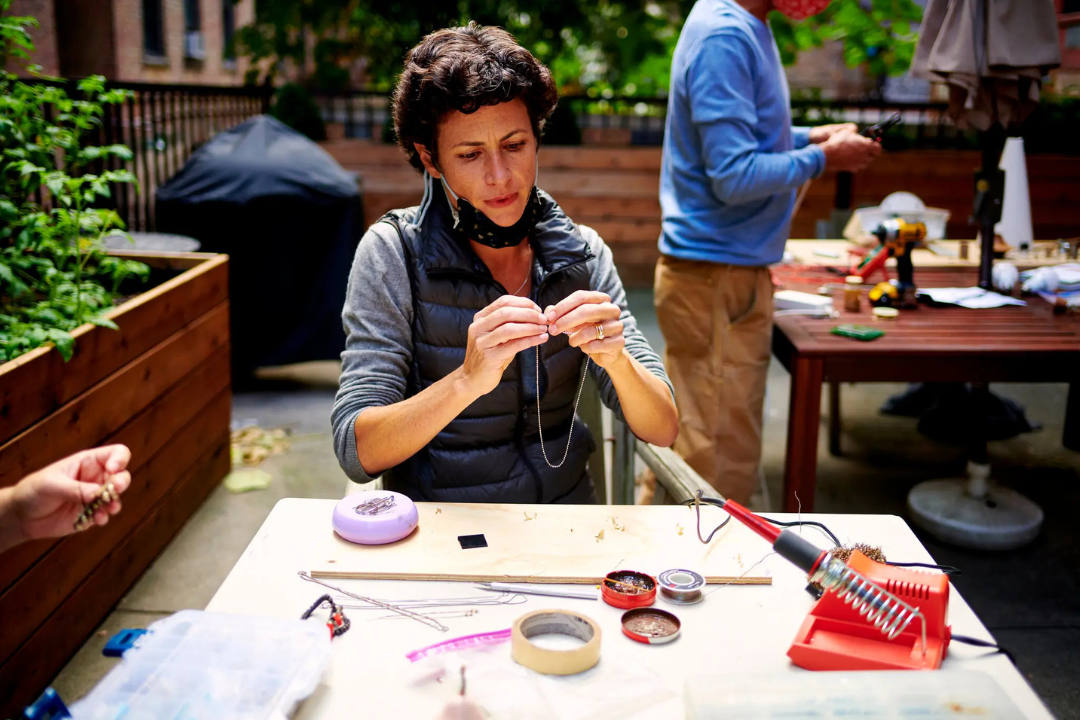
Theatre Makers (& Menders): Care for What You Own</br><span>Video</span>

There's No Business Like Show Business, Powered by Renewable Energy</br><span>Video</span>

UTRGV Theatre: College Green Captains Lead Sustainability</br><span>Case Study</span>

We Can Do It: Sustainable Production Toolkit, Part One</br><span>Video</span>

Why We Tell the Story: Climate Storytelling</br><span>Video</span>

